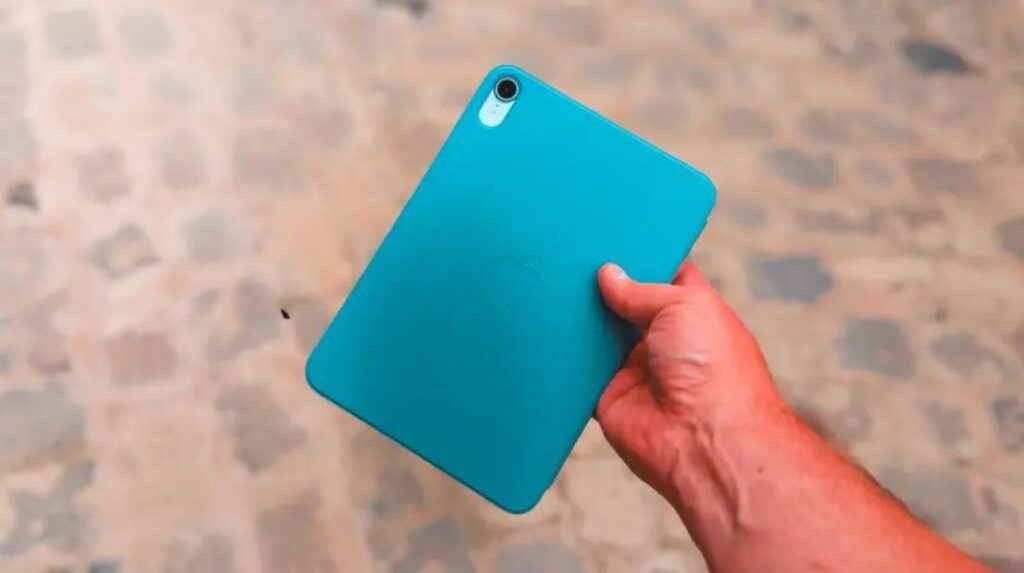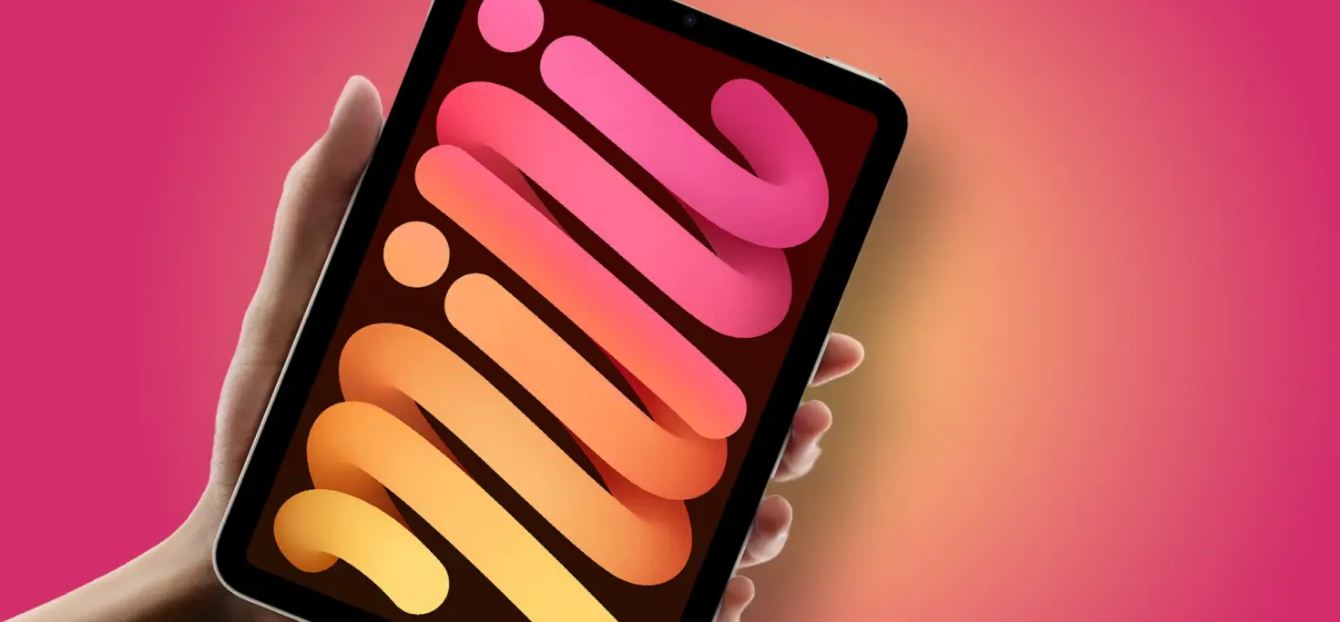The seventh-generation iPad Mini keeps almost all the features of the previous model, along with some notable upgrades. The most significant change is the inclusion of the new A17 Pro chip, which enables support for Apple Intelligence, the company’s artificial intelligence capabilities.
Please follow us on Facebook and Twitter.
With an 8.3-inch display and weighing less than 300 grams, it’s Apple’s smallest, lightest, and most portable tablet yet. It doesn’t feel bulky when carried in your backpack or purse, yet it offers all the advantages of an iPad—including some benefits that were previously only available in the iPad Pro and iPad Air.
The A17 Pro Gives New Life To The iPad Mini
The seventh-generation iPad Mini is getting an upgrade with the A17 Pro chip, which was first introduced in the iPhone 15 Pro and Pro Max. This is no coincidence, as Apple’s smallest tablet can now support Apple Intelligence.
Apple is updating nearly all of its devices to be capable of running the first artificial intelligence features that will launch with iOS 18.1.
Additionally, the A17 Pro provides a 30 percent performance boost over the previous sixth-generation iPad Mini. In terms of graphics performance, there’s a 25 percent increase, now supporting dynamic caching, hardware-accelerated ray tracing, and mesh shading. These features are especially beneficial for gaming, 3D modeling applications, and augmented reality.
The seventh-generation iPad Mini also includes 8GB of RAM, which is necessary for running Apple’s AI models. Furthermore, some games and apps will benefit from having more memory.
Apple Intelligence is currently only available in English and cannot be used in Europe due to regulatory issues. It is expected to be available in Europe starting in 2025, but there is no set date for its arrival in Europe.
Apple Pencil Pro Support
The seventh-generation iPad Mini now includes a feature previously reserved for the latest iPad Pro and iPad Air: support for the Apple Pencil Pro.
The Apple Pencil Pro provides several useful features for annotating, drawing, and manipulating objects. It includes a pinch gesture to access contextual menus, haptic feedback for a more tactile experience, and a twist gesture for greater precision.
You can also hover the Apple Pencil Pro over the screen to see the exact orientation of the pencil pointer. It attaches magnetically to the iPad Mini for charging and pairing and also supports the Find My feature.
The seventh-generation iPad Mini also supports the first-generation Apple Pencil, but only the USB-C charging version. It does not support the second-generation Apple Pencil, which can be confusing compared to the previous iPad Mini.
Cameras
The seventh-generation iPad Mini keeps both 12-megapixel cameras, and their positioning remains the same as in previous generations. This means that if you lay the tablet flat, the front-facing camera is located on one side of the device.
The rear camera, however, features a minor improvement: Smart HDR 4, which enhances photos by providing the best possible dynamic range. In reality, iPad cameras are increasingly used for document scanning, mixed reality experiences, and video conferencing.
Regarding video calls, the front camera of the iPad Mini, like the previous generation, includes Center Stage technology. This feature keeps you centered in the frame during a video conference, even if you move. It can be used with third-party applications, not just FaceTime.

Faster Connections
The seventh-generation iPad Mini now comes with a USB-C port that can transmit data at 10 Gbps, which is twice the speed of the previous generation. This improvement is especially useful for connecting external drives, memory card readers, or using the iPad with external monitors.
This capability is interesting because, along with a keyboard and mouse, it allows you to transform a small device like the iPad Mini into a powerful workstation, thanks to the A17 Pro chip.
Wireless connections have also seen a minor upgrade from the previous generation, moving from Wi-Fi 6 to Wi-Fi 6E and from Bluetooth 5 to Bluetooth 5.3.
Additionally, the iPad Mini no longer supports physical SIM cards and can only be used with eSIMs. However, it seems that it’s been a while since anyone used a physical SIM card with an iPad.

The Most Portable iPad Is the Best for Travel
For the past week, I’ve been carrying the new seventh-generation iPad Mini in my backpack during a busy travel period. It’s so lightweight that it feels “invisible” in my bag—you hardly notice it’s there.
It’s perfect for watching TV shows or movies on a plane or train, without being limited by the screen size of my iPhone. It’s also great for taking occasional notes with the Apple Pencil Pro while at an airport or hotel. Additionally, due to its compact size, the iPad Mini is ideal for reading e-books. With a battery life of around ten hours, it provides enough power for continuous use over a couple of days.
It’s also a very useful professional tool for content creators, especially those of us who make videos. It works incredibly well as a remote screen connected to the camera. In my case, I use it with my Sony FX-3 or Sony FX-30 along with the Monitor+ app, turning the iPad into a professional monitor. This setup allows me to not only control the camera but also get a large view of what I’m recording, helping me frame and expose correctly.
With its faster A17 processor, good battery life, lightweight design, and 8.3-inch display, it’s a much more useful tool than I expected.
I would love to see an iPad Mini with the same overall size but with slimmer bezels to expand the screen to about 9 or 9.5 inches. This change would make it a nearly perfect device.
The seventh-generation iPad Mini is available for pre-order now for €599 in Europe.





